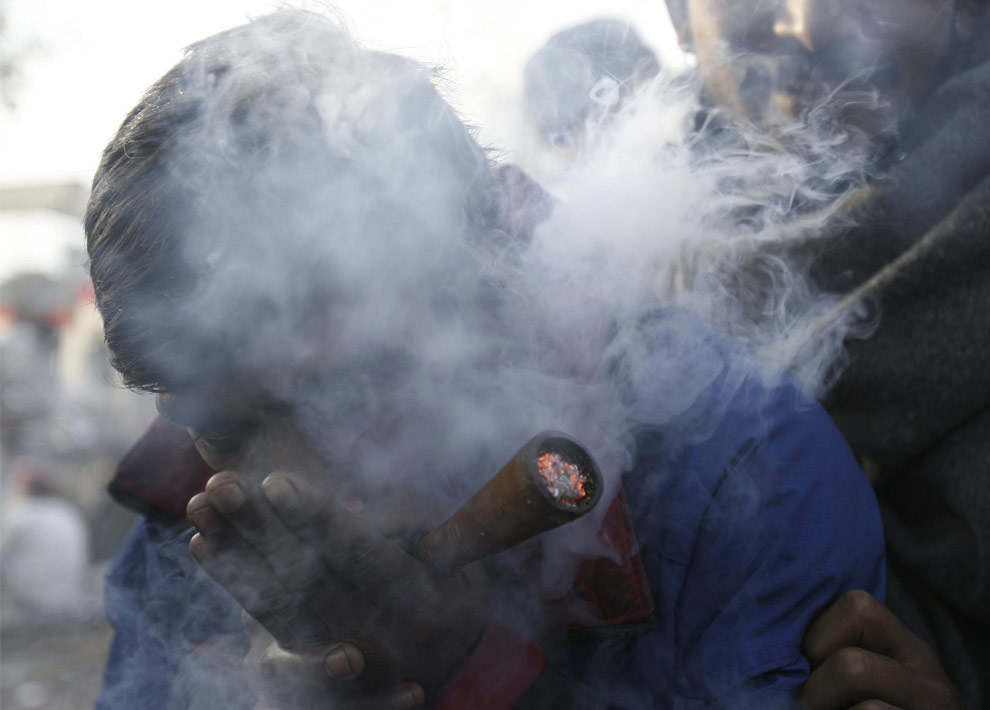Hanuman,
The monkey god
Hanuman was born as a vanara, a monkey like species in the northwest of India. He is considered a reincarnation of Shiva, but this is speculated theology. Hanuman grew up in the forests he lived around and learned how to battle in trees and climb very well. He came to be known in the Indian epic the Ramayana where he is chosen to aid Rama in his fight against the evil demon king Ravana.
post war
after the war with Rama is over, Hanuman journeys to the Himalayas where he wished to continue his worship to the gods. He instead writes Hanuman Ramayana with his nails on the mountains. When Maharishi Valmiki, the author of Ramayana comes to visit Hanuman he grows dissatisfied of his own version, Hanuman sees this and destroys his version. for the majority of the final version of the book favors Hanuman and what he stands for. He is favored for his humble ways even though being a powerful god.
He is worshiped almost everywhere and the biggest statue is located in Trinidad and Tobago in the Caribbean. Temples dot the Indian forests majorly in the Maharashtra, the state in western india where he was born. (14 temples are considered his holiest places a list for these temples can be found here) http://tinyurl.com/297b65j
Modern sightings
Due to his immortality as a god many have said they have seen him in every forest around the world. the "monkey man" factor has made him something like an urban icon for the thrill seeker and a devoted Hindu worshipper.
People like the Delhi monkey man have been called reincarnations of Hanuman. Here is a video of him climbing ruins.
note: this man has been called Hanuman not only, because of his impressive climbing skills but also his ability to connect with monkeys.




















 Ravi Shankar - One of the most famous Sitar Players
Ravi Shankar - One of the most famous Sitar Players












